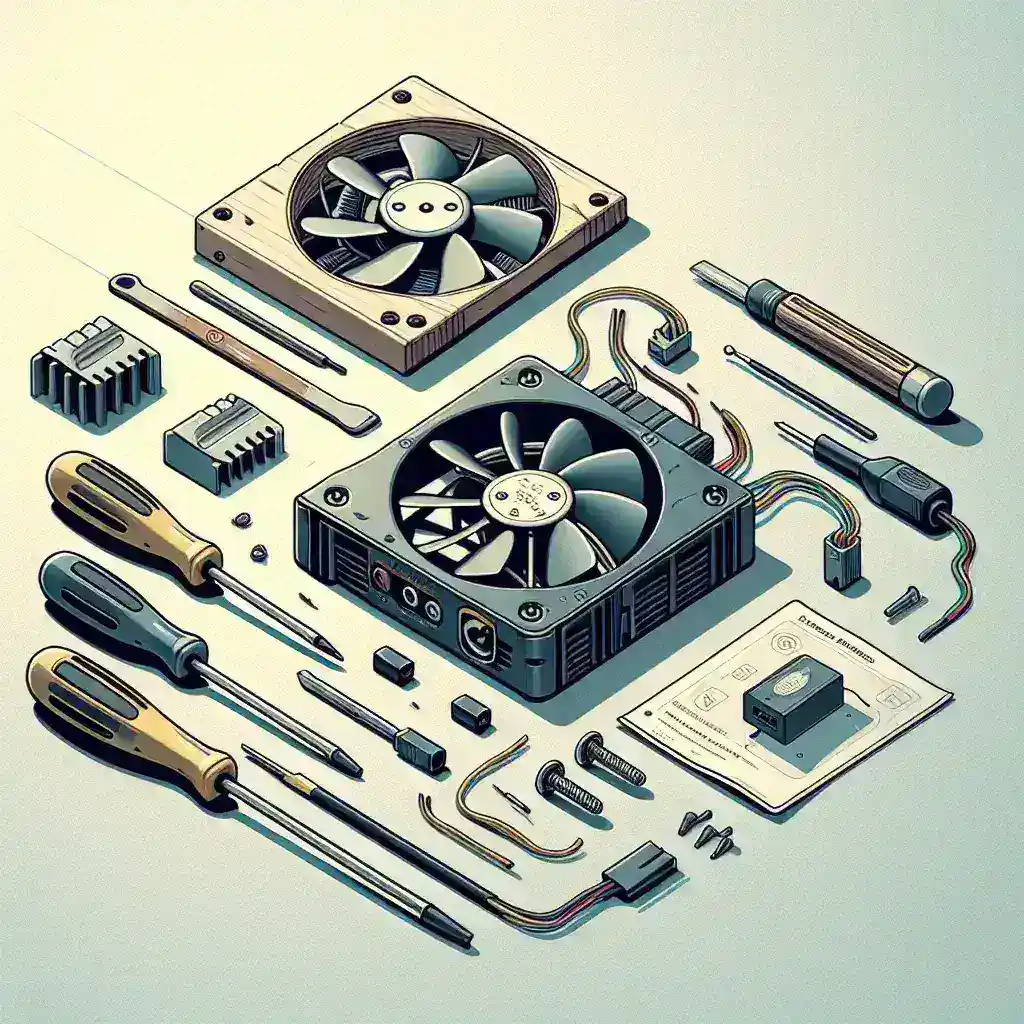
How do I set up and use a fan controller?
Effective cooling is vital for any computer system, ensuring it runs smoothly and avoids overheating. A fan controller allows you to manage the speed of your PC’s cooling fans, giving you more control over noise levels and airflow. In this guide, we’ll explore how to set up and use a fan controller.
Types of Fan Controllers
There are various types of fan controllers available, each with its own unique features. Here’s a brief look at the most common options:
| Type | Description |
|---|---|
| Manual Fan Controllers | These allow users to manually adjust fan speeds via knobs or sliders. |
| Automatic Fan Controllers | Automatically adjust fan speeds based on temperature readings from sensors. |
| Digital Fan Controllers | Feature a digital display and buttons for precise control. |
| Software-Based Fan Controllers | Control fan speeds through software, offering the most flexibility and customization. |
Benefits of Using a Fan Controller
Using a fan controller offers numerous advantages:
- Noise Reduction: Precisely control fan speeds to minimize noise.
- Enhanced Cooling: Optimize airflow according to your system’s needs.
- Extended Fan Lifespan: Reduce the wear and tear on fans by avoiding unnecessary high speeds.
- Energy Efficiency: Save energy by adjusting fan speeds to the required levels only.
Setting Up a Fan Controller
1. Gather Necessary Tools
Before you begin, make sure you have the following tools:
- Fan controller
- Screwdriver
- Cable ties
- Thermal paste (if required)
- User manual
2. Turn Off the PC and Unplug It
Always ensure your PC is turned off and disconnected from the power source to avoid any electrical hazards.
3. Open the Case
Using a screwdriver, remove the side panel of your PC case. This will give you access to the internal components.
4. Locate the Fan Connectors
Identify the fans you want to control. These are usually connected to your motherboard or a power supply unit (PSU).
5. Disconnect the Fans
Carefully disconnect the fans from the motherboard or PSU. Make sure to remember or label which fan was connected to which port.
6. Mount the Fan Controller
Fan controllers are typically installed in a drive bay. Slide the controller into an empty bay and secure it using screws.
7. Connect Fans to the Controller
Connect each fan to the corresponding port on the fan controller. Refer to the user manual for specific instructions.
8. Connect the Controller to the Power Supply
Use the provided cables to connect the fan controller to your PC’s power supply.
9. Close the Case and Power On
Once everything is connected, close the PC case, secure it with screws, and plug your PC back into the power source. Turn it on to test the fan controller.
Using a Fan Controller
Manual Fan Controllers
Adjust the knobs or sliders to set your desired fan speeds. Monitor the temperature using system BIOS or software.
Automatic Fan Controllers
Set the temperature thresholds if your controller allows configuration. The fans will automatically adjust their speeds based on these settings.
Digital Fan Controllers
Use the buttons to navigate through options and set fan speeds according to your preferences.
Software-Based Fan Controllers
Install the required software, often provided by motherboard manufacturers. Use the software interface to configure fan speeds.
Tips for Optimal Use
- Monitor Temperatures: Regularly check system temperatures to ensure your cooling solution is effective.
- Regular Maintenance: Clean your fans and fan controller regularly to prevent dust buildup.
- Firmware Updates: Keep your fan controller’s firmware up-to-date for enhanced performance and new features.
- Balanced Airflow: Ensure a balanced intake and exhaust airflow for optimal cooling efficiency.
Troubleshooting Common Issues
Fans Not Spinning
Check the connections and ensure the controller is receiving power. Verify that the fans are compatible with the controller.
High Noise Levels
Adjust the fan speeds, ensuring they are not set to maximum unnecessarily. Consider using rubber grommets to reduce vibration noise.
Temperature Fluctuations
Ensure that sensor placements are optimal and that there is no obstruction to airflow within the case.
Setting up and using a fan controller can significantly improve your system’s cooling efficiency and noise levels, providing a better computing experience. Follow this guide to get started and enjoy a quieter, cooler PC.




Leave a Comment